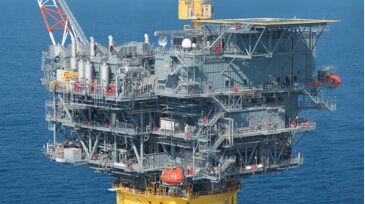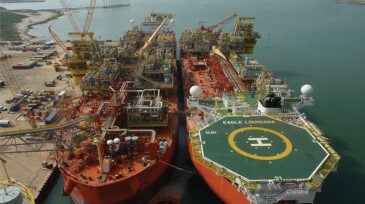Gulf of Mexico
-
Historically, the marine systems on a spar are relatively simple.
-
The authors have developed an active acoustic automatic leak-detection sonar designed to detect hydrocarbon leaks (mono- and multiphase oil and gas) at significant ranges, allowing coverage of wide areas from a single sensor.
-
As with other MPD systems, SMD technology offers early detection of influxes (kicks) and minimizes downhole losses to weak subsurface formations.
-
After the 2010 subsea blowout of the Macondo well that resulted in 11 deaths and the worst oil spill in US history, early kick detection technology found itself at the top of the wish list for regulators and offshore companies seeking to avoid similar accidents.
-
This paper describes the architecture of the Lucius Gulf of Mexico subsea production system and the drivers behind it.
-
This paper provides a first-hand perspective on the appropriate handling of nanomaterials in a laboratory setting.
-
The lower tertiary formation found in the pre-salt layers of the Gulf of Mexico has become a proving ground for extending what is possible when completing multistage fracturing in ultradeepwater wells.
-
The Mars-B project is the operator’s sixth Gulf of Mexico (GOM) tension-leg-platform (TLP) development.
-
An ongoing research project started nearly 3 years ago by the US Department of Energy’s National Energy Technology Laboratory (NETL) is shedding new light on what really happens to foamed cement as it is pumped deep down offshore wells during completions.
-
In response to the 2010 Deepwater Horizon incident that claimed the lives of 11 men and led to the worst oil spill in United States history, the offshore industry devised new technologies and methods that would allow for a quicker response in the US Gulf of Mexico.










